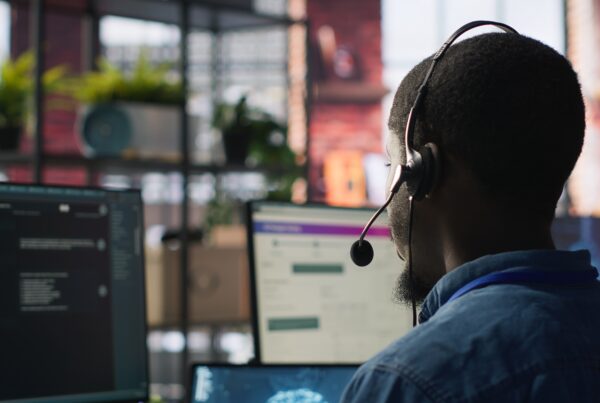
Join a discussion about the business and security challenges IT managers currently face in a rapidly expanding remote workforce.
Not only is the hybrid workforce here to stay, but it’s growing as well. And along with it come massive business and technical challenges. In April, SonicWall’s senior solution engineer, Rajesh Agnihotri, will lead a webcast exploring these and other challenges.
Given the unprecedented growth of remote working, this edition of MindHunter is sure to draw an international audience of thought leaders and solutions professionals.
The Unstoppable Growth of the Hybrid Workforce
Most workforce professionals define a “hybrid workforce” as consisting of employees that work remotely (usually from home), those who work in an office setting, and those who work a combination of both.
According to Global Workplace Analytics, a business management firm in California, up to 30% of the American workforce is now considered “hybrid,” with expectations of 36.2 million Americans working remotely by 2025. The World Economic Forum reported that in Europe, less than 5% of the workforce worked remotely before the COVID pandemic. Today that number has risen to 12.3%, with Finland leading the way at more than 25%.
PriceWaterhouseCoopers released a study last year that shows remote work has been an overwhelming success for both employees and employers. But unfortunately, this success fuels growing worries from the people entrusted with protecting the company networks.
How the Hybrid Workforce Impacts Your Cybersecurity Posture
According to the 2022 SonicWall Cyber Threat Report, global ransomware attacks jumped dramatically in 2021, showing a 105% year-over-year increase. This includes massive spikes in several industries, including government (+1,885%), healthcare (755%) and education (152%.)
Yet, in a survey of remote workers conducted by the global information technology company Unisys, a shockingly small 61% of remote workers reported feeling primarily responsible for helping to maintain their organization’s digital security. For example, only 21% are on alert for sophisticated online threats in real-time, and about 39% of respondents to the Unisys survey admitted to not being wary of clicking suspicious links in their email.
AT&T surveyed 800 EMEA cybersecurity specialists in 2021 and found that 70% of large businesses (companies with 5,000 or more employees) believed that the hybrid remote work made them more susceptible to cyberattacks. Adding to their concern was an admission by 31% of the respondents that their biggest cybersecurity threat was employees working from home and using their computers and IoT devices.
The AT&T survey also revealed that not all employers had taken basic steps toward improving cybersecurity. For example, 32% of employees say that their company has not implemented additional login protocols to protect against cyber-based threats. In addition, 50% also claim they have not needed additional cybersecurity training since moving to remote work.
Peeling Back the Onion on Layered Cybersecurity
In this webcast, participants will look squarely at the business and technological challenges presented by the hybrid workforce. The discussion will centre around real-world solutions and feature advice from IT management and cybersecurity experts on implementing layered cybersecurity.
Attendees will learn how these challenges apply to their role as IT managers and why they are increasingly relevant in the hybrid workforce environment.
- Ways to deal with capacity and network traffic visibility issues when there are more users outside the office network than inside
- How to deploy layered security when you’re not confident about the connected devices’ identity and nature
- How solutions that follow the Secure Access Service Edge (SASE) model and Zero Trust Network Architecture (ZTNA) may address many concerns about the hybrid networking environment
- Why SASE itself may advance IT cybersecurity readiness and effectiveness against advanced threats.
Learning and Exploring with Cybersecurity Thought Leaders
Considering how quickly the threat landscape has grown these past two years, we are in a race against time to implement better cybersecurity as the hybrid workforce augments the risks everyone faces.
This is your invitation to engage cybersecurity thought leaders and explore methods and techniques that can protect your business today.



